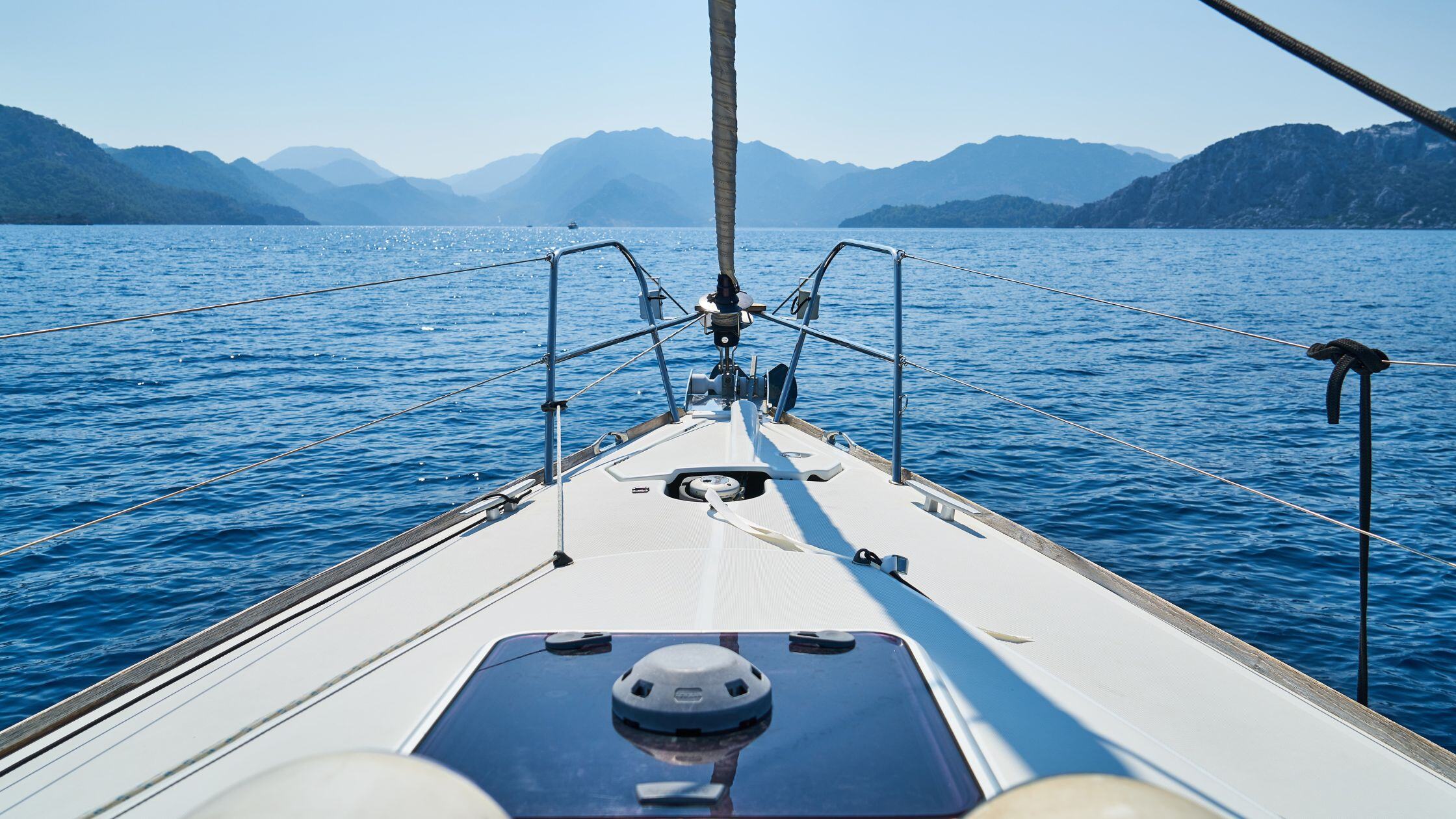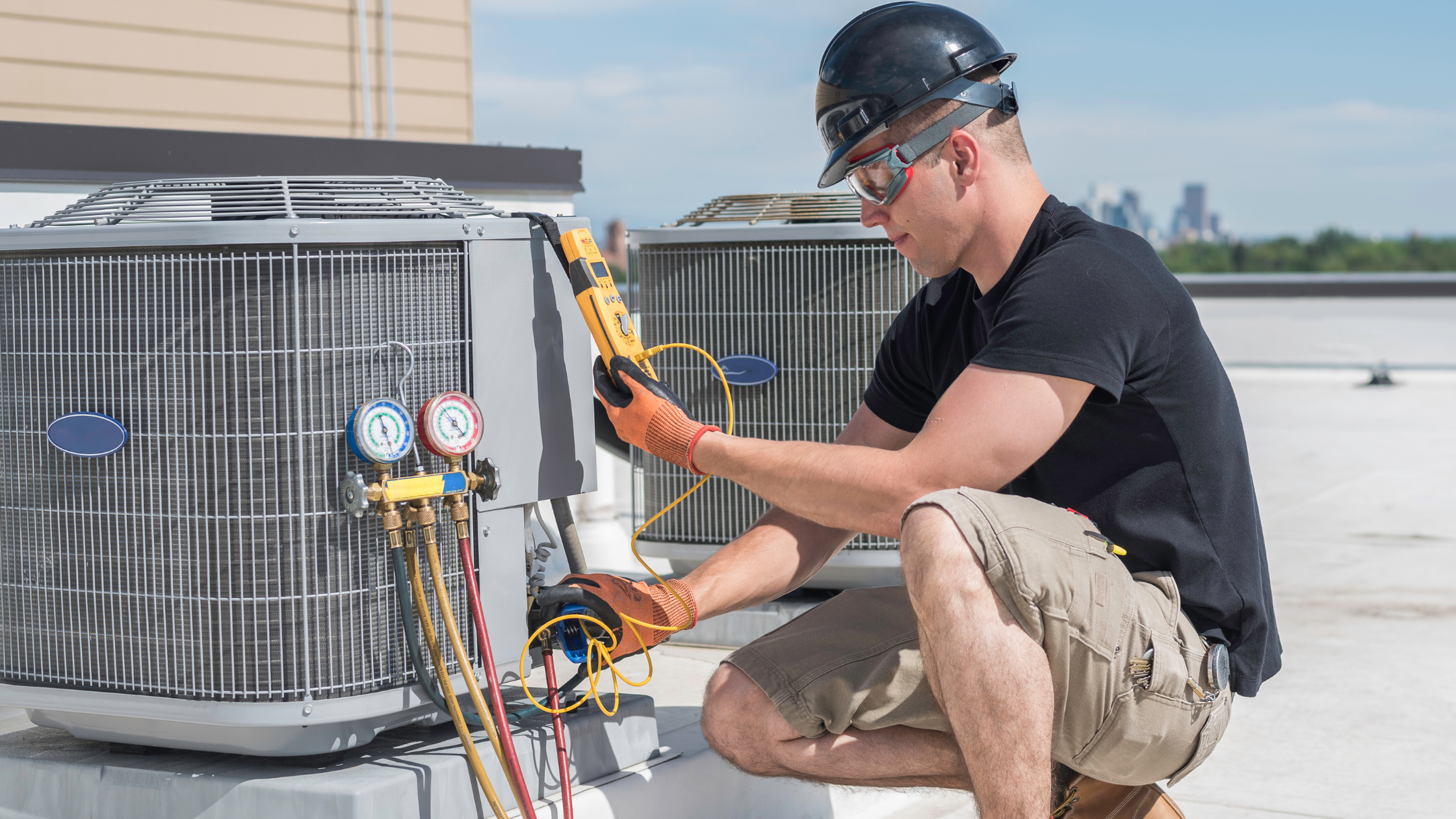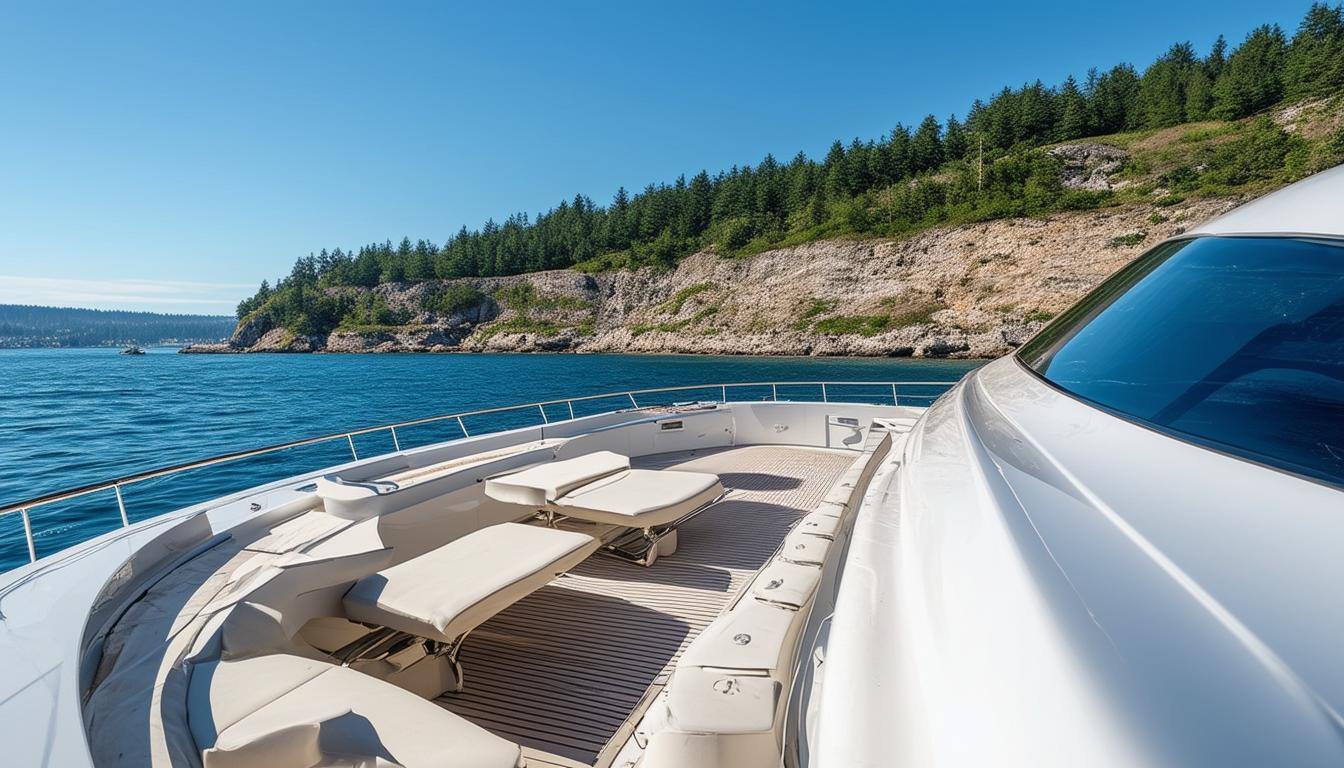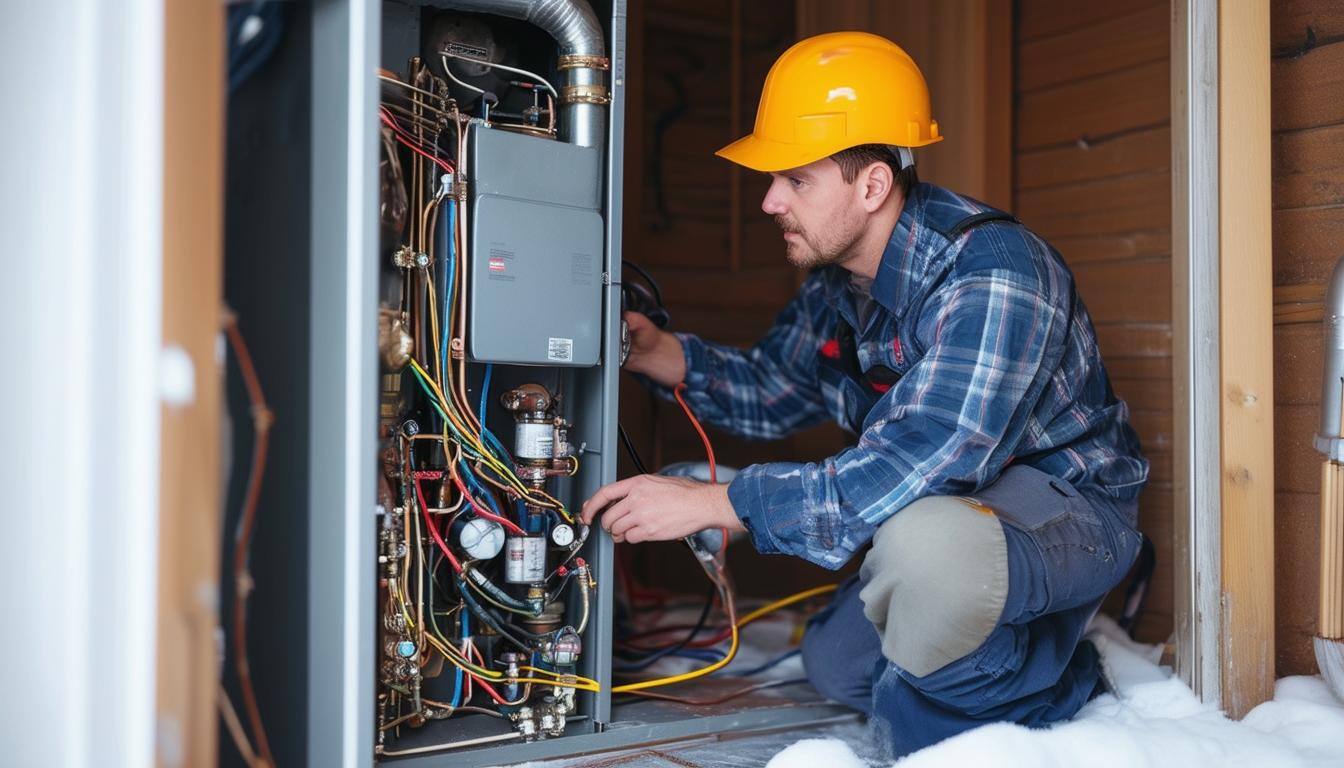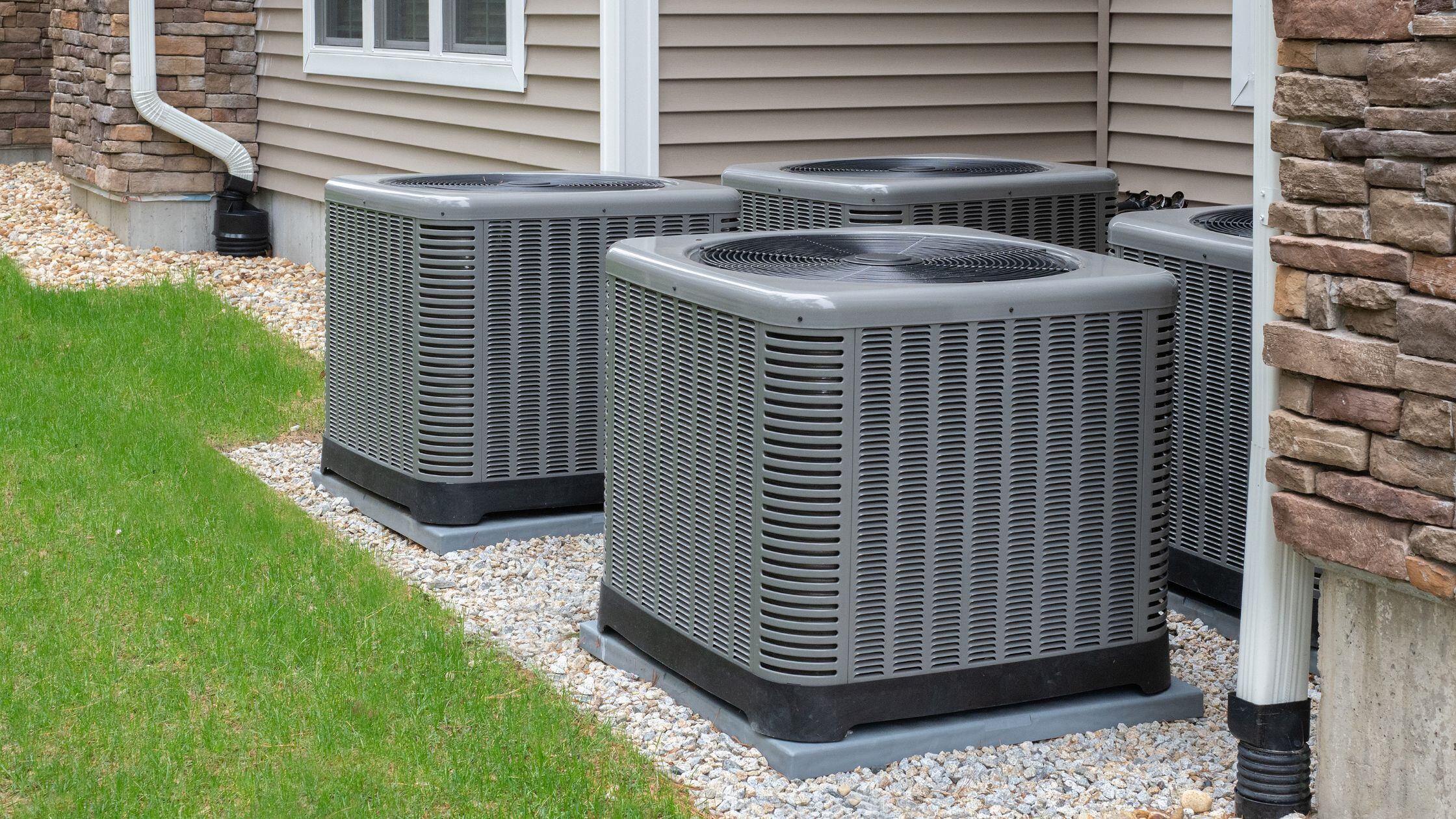Marine refrigeration systems are indispensable for preserving perishable goods during sea voyages. Efficient maintenance and timely repairs are crucial to prevent food spoilage and ensure comfort onboard. This article provides essential guidance on maintaining and troubleshooting marine refrigeration systems, helping boat owners navigate common issues effectively.
History and Evolution of Marine Refrigeration
Marine refrigeration has evolved significantly over 150 years. Initially relying on ice blocks for cooling, advancements in the late 19th century introduced mechanical refrigeration using refrigerants like carbon dioxide. Today, modern systems are designed for enhanced efficiency and durability, meeting the demanding needs of marine environments.
Basic Principles of Refrigeration
Understanding refrigeration principles is essential for troubleshooting. Refrigeration works by transferring heat from inside to outside a confined space, using components like compressors, condensers, expansion valves, and evaporators. Monitoring these components ensures optimal system performance.
Main Components of Marine Refrigeration Systems
Key components include compressors, condensers, expansion valves, and evaporators. Compressors circulate refrigerant, while condensers dissipate heat. Expansion valves control refrigerant flow, and evaporators facilitate heat absorption. Regular maintenance of these components extends the system lifespan and prevents breakdowns.
Types of Marine Refrigeration Systems
Marine refrigeration systems vary based on application needs:
- Direct Expansion (DX) Systems: Efficient for rapid cooling, using direct contact between refrigerant and cooled products.
- Secondary Coolant Systems: Utilize fluids like brine for temperature control, minimizing refrigerant exposure.
- Auto Cascade Systems: Employ multiple refrigerants for extreme cooling requirements.
- Plate Freezer Systems: Rapidly freeze products using flat plates, ideal for fishing vessels.
Common Refrigerants Used
Common refrigerants such as R134a, R404A, R290 (Propane), and R410A offer varying efficiencies and environmental impacts. Choosing the right refrigerant is critical for system performance and compliance with environmental regulations.
Maintenance Practices
Routine inspections, cleaning of condenser coils, and checking refrigerant levels are vital for system efficiency. Cleaning internal components and ensuring proper ventilation prevents overheating and extends equipment life.
Troubleshooting and Repair Considerations
Diagnosing issues like compressor malfunctions, refrigerant leaks, or thermostat failures requires systematic troubleshooting. Knowing when to repair or replace components based on cost-effectiveness and efficiency improvements is crucial.
Safety Protocols and Regulations
Adhering to safety protocols, including proper ventilation, refrigerant handling, and emergency procedures, ensures safe operation and compliance with environmental regulations.
Selecting a Repair Service
Choosing a reputable repair service with expertise in marine refrigeration ensures reliable repairs and emergency support. Consider certifications, customer reviews, and service warranties when selecting a service provider.
Effective maintenance and timely repairs are paramount for maintaining marine refrigeration systems. By understanding system components, choosing appropriate refrigerants, and following best practices, boat owners can optimize system performance and prolong equipment lifespan.
Need Marine Refrigeration Repair?
Contact Truth Plumbing HVAC & Ltd. for expert maintenance and troubleshooting.
